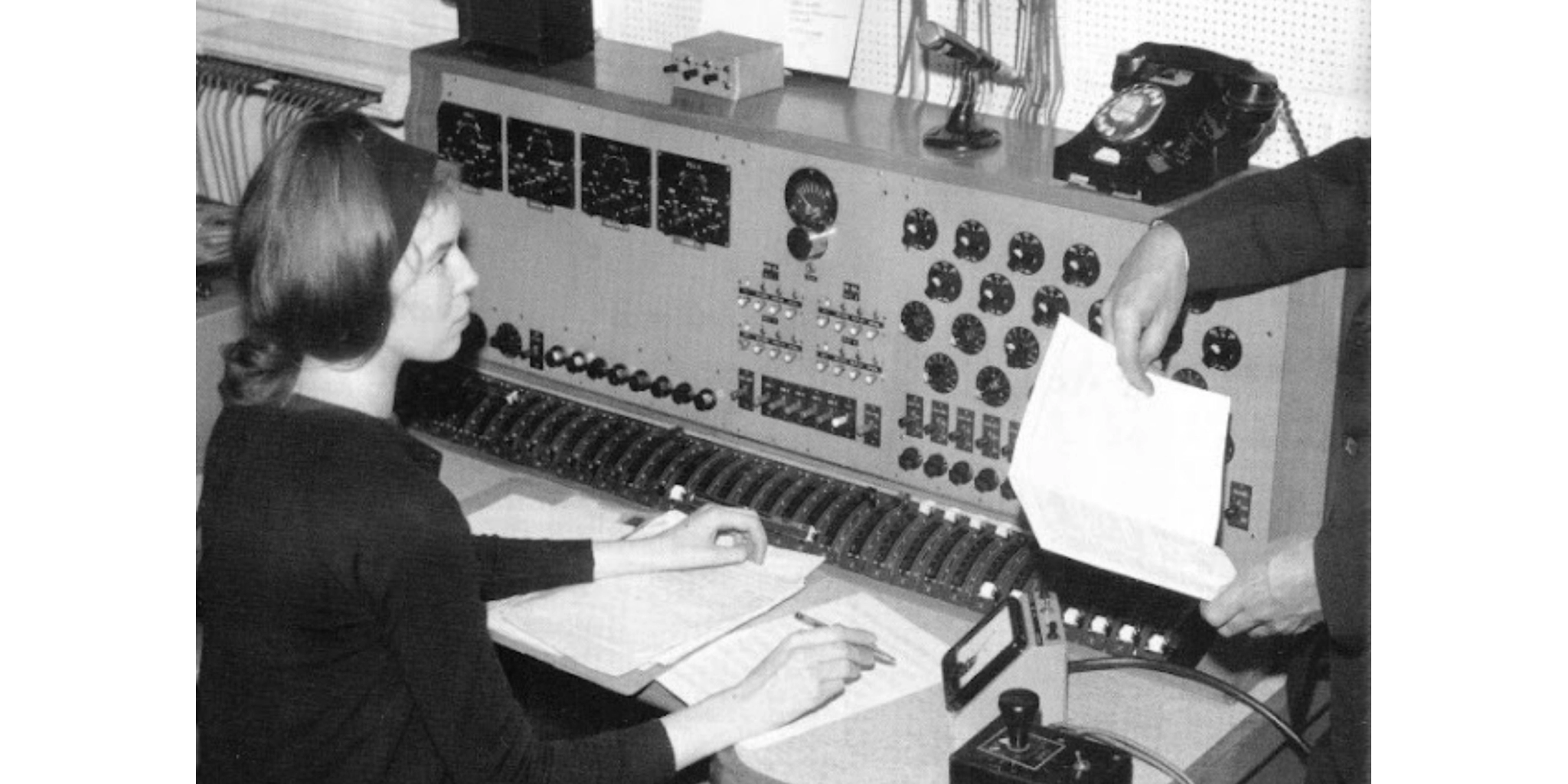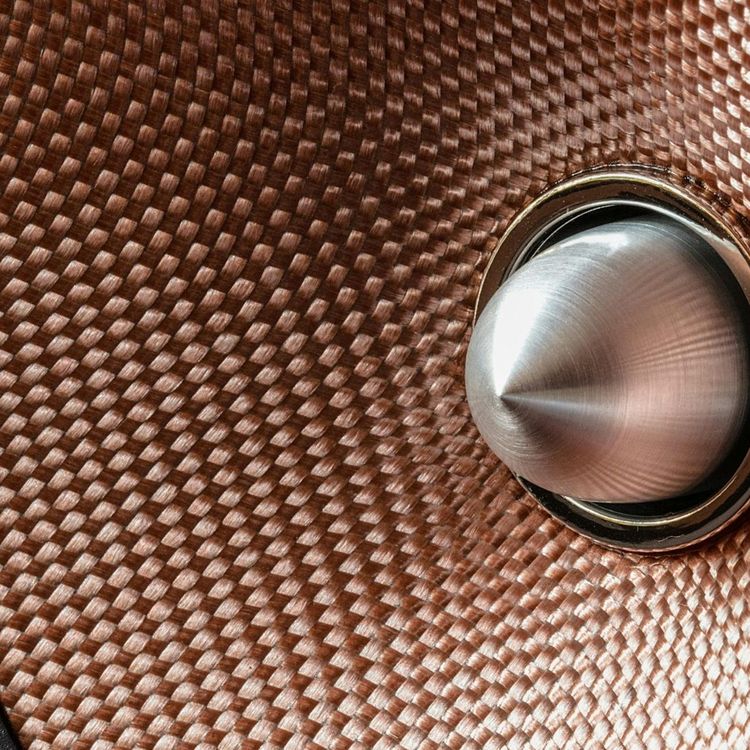Delia Derbyshire: Engineering the Art of Sound
Delia Derbyshire was a sound pioneer who transformed how we think about music and its possibilities. Born in Coventry in 1937, she grew up surrounded by the industrial hum of a working-class city, sounds that would later influence her work. Evacuated to Preston during World War II, she absorbed the rhythms of clogs on cobblestone streets and the eerie wail of air raid sirens—elements that resurfaced in her later compositions.

Delia’s journey into music wasn’t straightforward. At school, she excelled in music and mathematics, a combination essential for her future in electronic sound design. After studying at Cambridge, she visited the Brussels World's Fair in 1958, where Edgard Varèse’s Poème Électronique left a lasting impression. This fusion of sound, architecture, and art sparked her interest in electronic music, a field not yet taught academically.

After being rejected by Decca Records because women weren’t allowed in their studios, Delia joined the BBC in 1960 and later transferred to the Radiophonic Workshop in 1962. There, she created her most iconic work—the Doctor Who theme. Using electronic sound generators, tape machines, and her skill in manipulating sound, Delia transformed Ron Grainer’s score into a groundbreaking piece of music. Her eerie, futuristic arrangement remains a cornerstone of British electronic music history.
In the video transcript, Delia explains her process of shaping electronic sounds into something unique. She discusses three fundamental sound waves: the sine wave, a pure, smooth tone; the square wave, harsher and harmonically rich; and white noise, a chaotic blend of frequencies resembling static.
If you watch the YouTube video, take a moment to notice her voice—while the information she shares is fascinating, her soft and soothing tone stands out, making it easy to imagine how beautifully it could be sampled and woven into a modern producer's track.

Sine Wave

Square Wave
While these raw sounds are intriguing, Delia emphasized that they need to be shaped, layered, and molded to become musical. She often recorded real-world sounds, like a hollow wooden knock, and manipulated them to create rhythmic elements, proving that inspiration could come from both electronic and everyday sources.

White Noise
Her hands-on, experimental approach involved adjusting tape speeds, layering tones, and crafting rhythms. This flow highlights her technical skill and drive to invent entirely new auditory experiences, redefining how sounds were created and used in music.
Delia’s talents extended beyond Doctor Who. Her collaborations with Barry Bermange on The Inventions for Radio blended public voices with haunting soundscapes, challenging perceptions of music and class while exploring philosophical themes.

Though Delia left the Workshop in 1973, her influence never faded and remains profound. Today, artists and composers continue to celebrate her for showing us that music can come from anywhere—an oscilloscope, a lampshade, or even the echo of childhood memories.
















